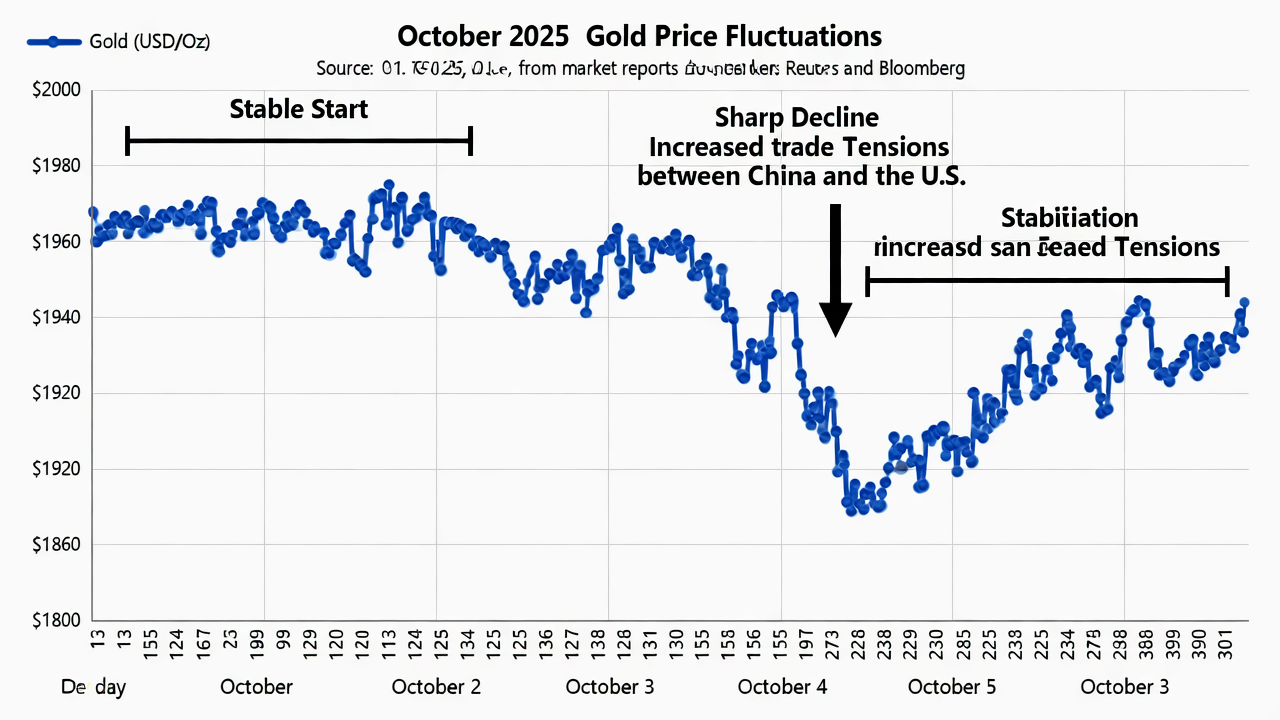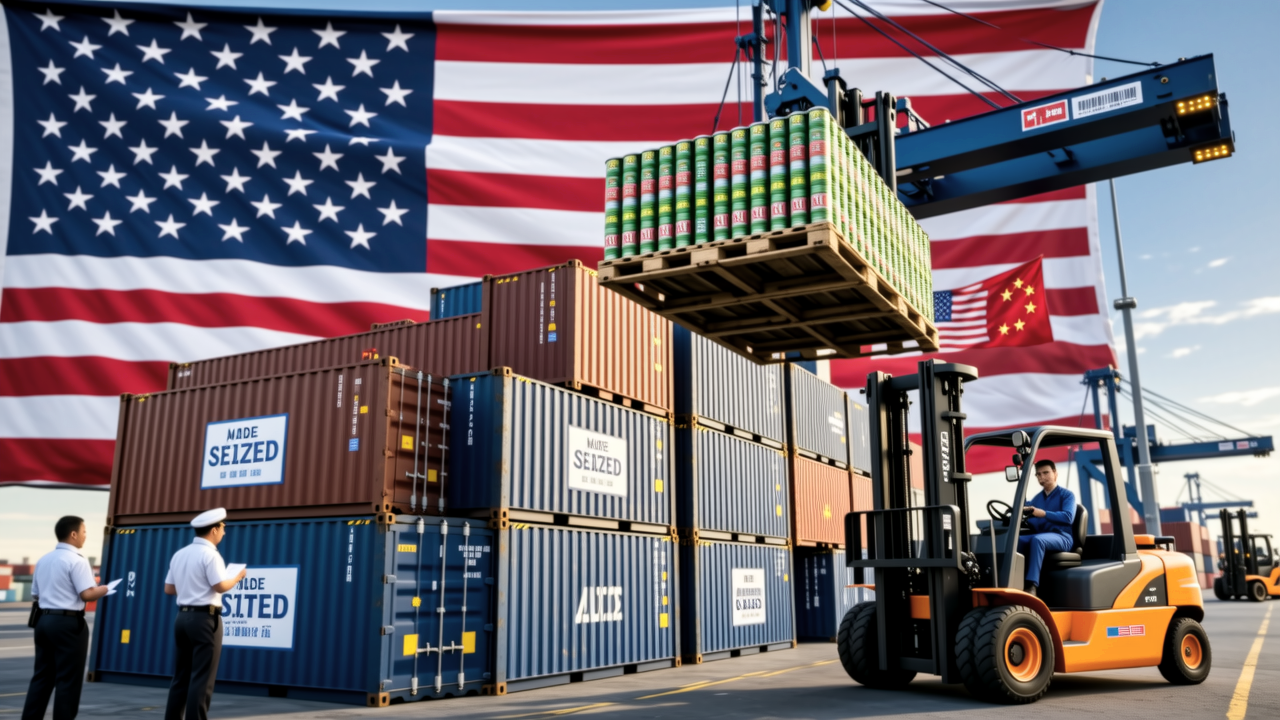
Gold Prices Stabilize After Sharp Decline as US-China Trade Tensions Ease in October 2025
Gold prices steadied in Asian markets on October 20, 2025, following a period of deep losses triggered by heightened US-China trade tensions earlier in the month. The cooling of trade jitters, combined with shifting investor sentiment amid global credit concerns, has led to a more balanced outlook for gold. This stabilization reflects complex interplay between geopolitical developments, monetary policy expectations, and safe-haven demand dynamics.
Oct. 20, 2025
Protests Erupt in Dhaka Amid Signing of Controversial July National Charter by Bangladesh’s Political Parties
On October 17, 2025, violent protests broke out in Dhaka as Bangladesh’s interim government led by Nobel laureate Muhammad Yunus pushed forward the signing of the July National Charter by major political parties. While the charter aims to reform the political system after last year’s uprising, exclusion of former Prime Minister Sheikh Hasina’s Awami League and demands from protest groups have fueled unrest. The developments mark a critical juncture in Bangladesh’s fragile transition, with uncertain implications for political stability and upcoming elections.
Oct. 17, 2025
Trump and Xi to Meet at South Korea APEC Summit: A Strategic Pivot Amid Heightened US-China Trade Tensions
US President Donald Trump and Chinese President Xi Jinping are scheduled to meet at the APEC summit in Gyeongju, South Korea, on October 31-November 1, 2025. This will be their first encounter since Trump’s inauguration in January 2025, occurring amid escalating trade tensions marked by tariff threats and export controls. The meeting signals a critical juncture for US-China relations, with potential implications for global trade dynamics and geopolitical stability.
Oct. 17, 2025
Trump Threatens Trade Retribution on Beijing Over Soybeans Amid Stellantis’ $13B US Investment Commitment
President Donald Trump has escalated trade tensions by threatening retaliatory tariffs on Chinese soybean imports, citing Beijing’s trade practices. Concurrently, Stellantis announced a $13 billion investment in the US automotive sector, signaling confidence in domestic manufacturing despite geopolitical uncertainties. This dual development underscores the complex interplay between protectionist trade policies and strategic corporate investments shaping the US economic landscape in 2025.
Oct. 15, 2025
Vance Urges China to Choose Reason Amid Escalating Trump Tariffs and Rising US-China Trade Tensions
Vice President JD Vance called on China to de-escalate tensions following President Donald Trump’s imposition of a 100% tariff on Chinese imports. While Trump’s administration asserts strong leverage over Beijing, Vance emphasized the importance of China opting for a rational approach to avoid a damaging trade war. This development signals heightened economic friction with significant implications for global trade and geopolitical stability.
Oct. 15, 2025
Midwest Soybean Farmers Face Rising Costs and Vanishing Profits Amid China’s Trade Freeze
Midwest soybean farmers are grappling with escalating production costs and plummeting profits due to China’s ongoing trade freeze on U.S. soybeans. The trade disruption, coupled with surging input expenses and competitive pressures from Brazilian exports, has pushed many farmers below break-even margins. This article analyzes the multifaceted causes, economic impacts, and potential future trajectories for the U.S. soybean sector under the current geopolitical and market conditions.
Oct. 15, 2025
China Escalates US-China Trade War with Strategic Export Controls on Rare Earth Elements
In October 2025, China intensified the US-China trade conflict by imposing stringent export controls on rare earth elements and related technologies, a move that triggered President Donald Trump to threaten a 100% tariff hike on Chinese imports. This escalation underscores China's strategic use of its near-monopoly over rare earth supply chains as leverage in trade negotiations, complicating global supply chains and heightening geopolitical tensions amid ongoing efforts to resolve the dispute.
Oct. 14, 2025
Trump’s Trade War With China Catches the World in Its Crossfire: Escalation, Global Disruption, and Strategic Realignments
In October 2025, President Donald Trump intensified the US-China trade war with new tariffs, export controls, and port fees, triggering global market volatility and supply chain disruptions. This escalation reflects deepening geopolitical rivalry and economic decoupling, reshaping global trade patterns. The conflict impacts technology, manufacturing, rare earths, and consumer sectors worldwide, accelerating supply chain diversification and strategic realignments with uncertain prospects for near-term resolution.
Oct. 14, 2025
Trump Opens New Front in US-China Trade War by Targeting Chinese Cooking Oil Imports
On October 14, 2025, President Donald Trump announced the potential termination of US cooking oil imports from China, escalating the ongoing trade tensions following China's boycott of American soybeans. This move signals a strategic shift in the trade war, targeting a niche but symbolically significant commodity. The decision reflects broader geopolitical and economic frictions, with implications for global supply chains, commodity markets, and bilateral relations.
Oct. 14, 2025
Chinese Airlines Urge US to Reconsider Russia Overflight Ban Amid Rising Aviation and Trade Tensions
Leading Chinese airlines have formally opposed the Trump administration’s October 2025 proposal to ban their flights over Russian airspace on routes to and from the US. They warn this move will increase flight times, raise ticket prices, and disrupt key routes, exacerbating geopolitical and economic frictions. This development highlights the complex interplay of aviation rights, market competition, and US-China strategic rivalry with significant implications for global air travel and trade.
Oct. 14, 2025
LOAD MORE







